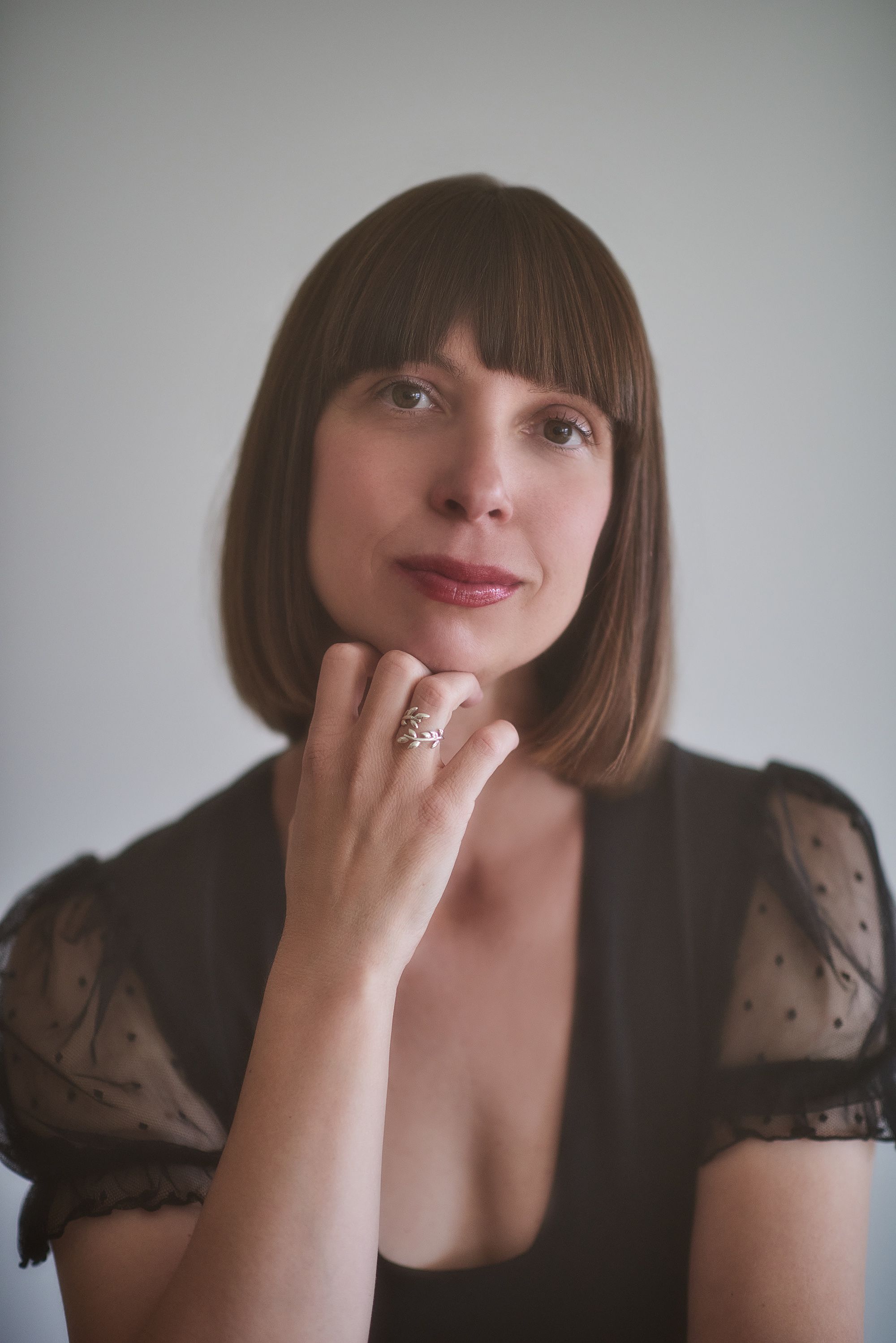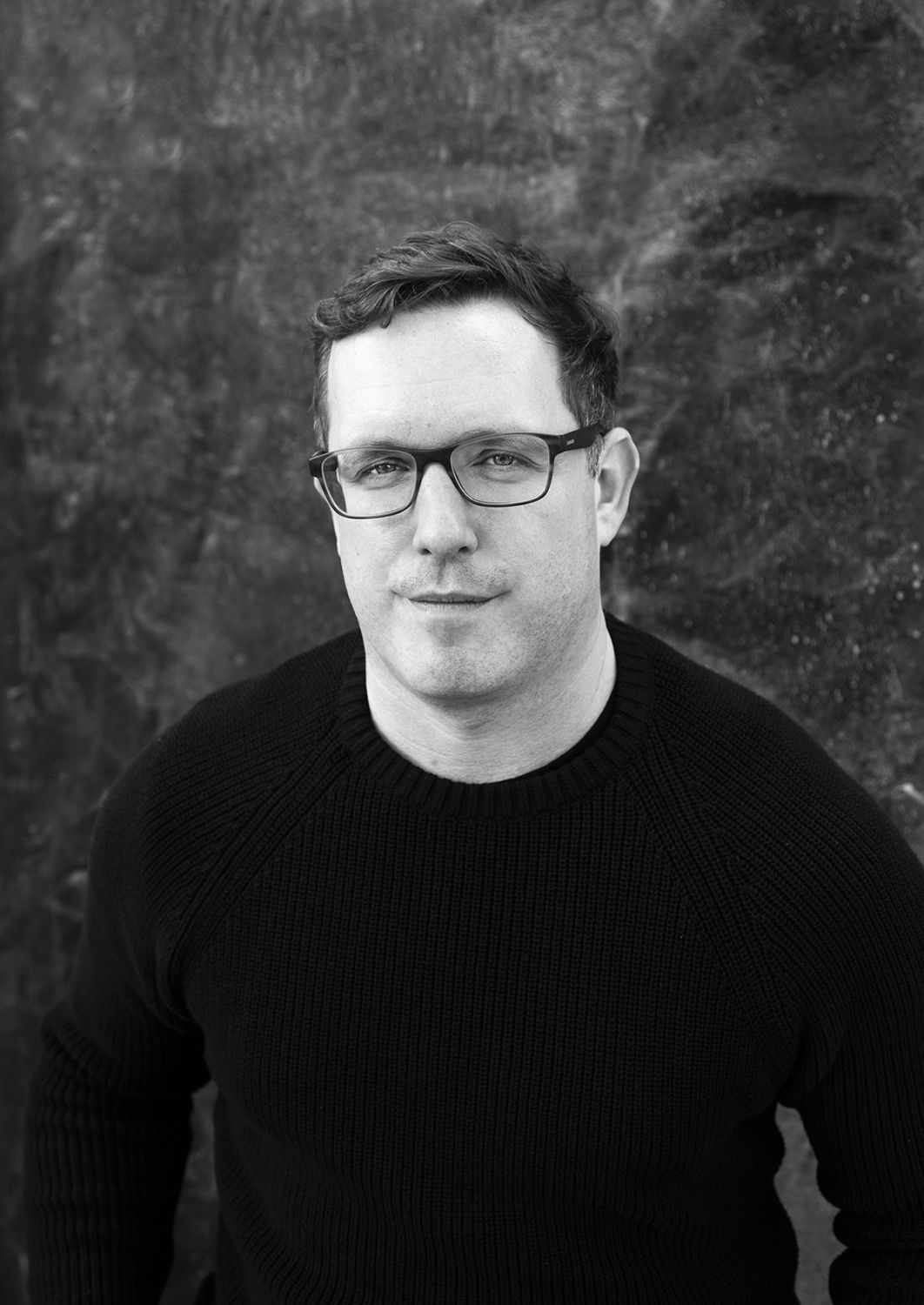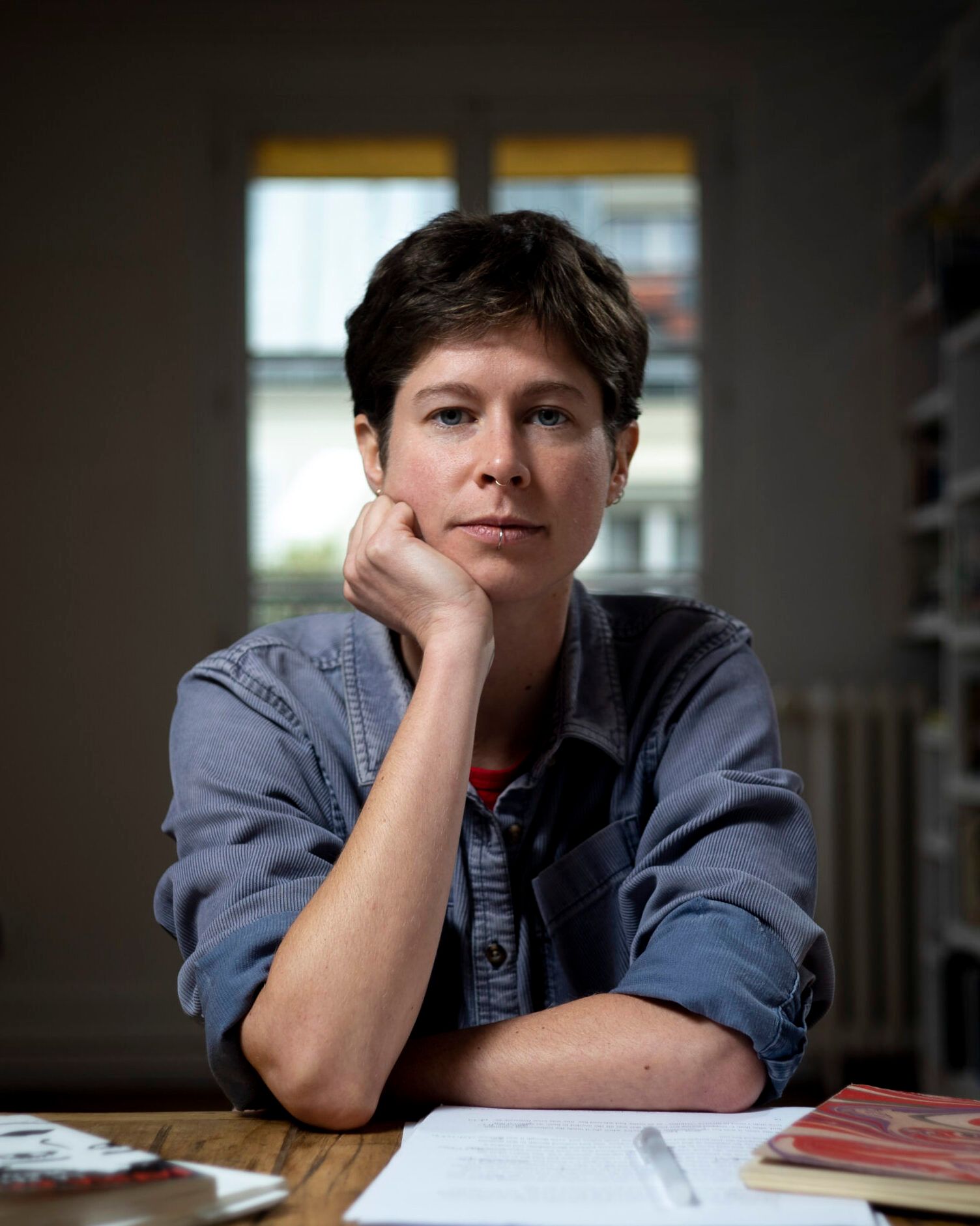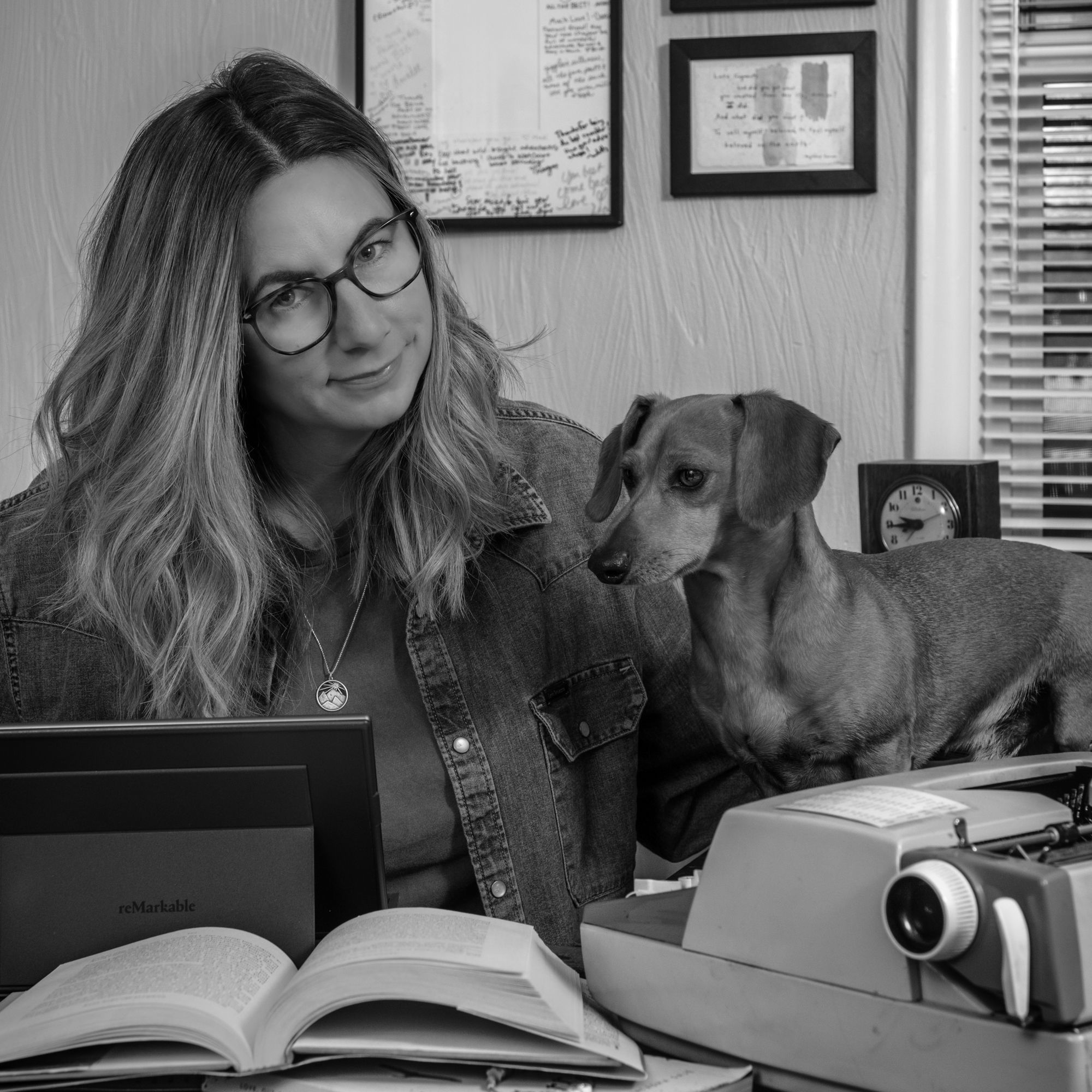Montserrat Andrée Carty: In the collection, you examine the word “removal” through multiple angles–from bulimia to physical displacement, noting that the book’s title Removal Acts was drawn from the 1863 Federal Act that banished the Dakota people from their homelands. Can you talk about the process of weaving the personal with the historical?
Erin Marie Lynch: The process starts, I think, by refusing a clear distinction between “past” and “present.” Linear notions of time are useful for imperialists and industrialists, but not really for artists—especially artists whose work attempts an uncoupling from imperialist, industrial structures. Paula Gunn Allen talks about time as a hoop dance: the dancer always moving within encircling spirals of space and time that are also always in motion. Likewise, there is no clear distinction between the personal and the historical to me. The individual is a moving event within a universe that is also a moving event.
To use a cinematic metaphor, I like to think about the notions of “personal” and “historical” as different levels of zoom onto a single scene. Some poems zoom in on minute, intimate details of that scene, while others zoom out to a birds-eye view. The question is how to balance the close and wide shots to maintain propulsion—and ultimately, sustain the lyric. The aim is to show the reader enough of the scene to allow them to fill in the unseen for themselves, accepting that each reader will see into those absences differently.
When writing about historical events, the practical issue often becomes one of inclusion. It’s so tempting to put in all your little pieces of research that you’re so proud of. But facts can be the death of music, and too many facts become either demonstrative or pedantic. It’s difficult to trust those spaces of factlessness, especially when writing about histories that have been erased, silenced, or purposefully misreported.
MAC: The way you use form to mirror content in these poems is extraordinary. Can you talk a bit about the process of creating the structure of these poems?
EML: I certainly think that structure and form are integral parts of the book’s ability to make meaning and feeling. From my training, I maintain an almost eidetic sense of structural rigor. When I was writing the book, I thought about how structure—especially blank space and shape—could mirror (sometimes literally) the archival elisions at the book’s heart. In In the Break, Fred Moten describes political despair as a “despair about the organization of things.” I think about poetic form as an active reorganization of things, one that can potentially create different kinds of feeling.
Now, though, looking back at the book, I also see a speaker who is formally enacting a pervasive anxiety, whose reliance on structure belies a scarily controlled psyche. Or, to invert it, the book’s preoccupation with forms mirrors its hypercontrolled, hyper-controlling speaker. Bulimia is a condition—disease, addiction, what you will—characterized by a need to press desire into delimited structures. Attempts to do so are necessarily, repetitively followed by the loss of control, un-constrainable excess. Ultimately, you find yourself—in purging—enacting your failure to control, over and over. The compulsion to control and the compulsion to exceed become the ritualistic structures of such a life. I feel those compulsions in the book’s obsession with formal moves, as well as the way the poems sometimes spill over or exceed those forms.
MAC: I wanted to ask, too, about your use of photographs and old documents. Can you speak about your engagement with this material (the archive) and how you brought them into conversation with the text?
EML: While my work is indebted to many poets working within documentary poetics, I don’t feel a documentarian’s impulse to record, refract, reframe reality. But I am obsessed with the idea of the document itself: both the documents that shape the poem and the poem as a document, reshaping what is outside of it. The book is preoccupied with the speaker’s perceptions of the archival materials, almost more than with the actual materials. I see Removal Acts as what Lyn Hejinian (via the incredible poet Abby Minor) calls a “document of the experience of experience.” I wanted to make a document of my experience of experiencing the document.
I don’t think I would frame the archival materials as being in conversation with the poetic text; rather, I see The Text as something formed of many different materials. Some of these materials are from my brain; some are from the internet; some are from other authors. Colonial archives fragment, categorize, and particulate—with the ultimate aim of plausible deniability. By bringing many different texts and voices together on the page, along with their absences, I tried to counter some of this "particulation." The resulting speaker is often overwhelmed by the mass of archival language but also attempts to position herself in proper relation to other texts, voices, histories, and documents.
The video stills at the end of the book became a space for me where the autobiographical and the archival materials collapsed into each other. As I describe in the notes, these stills are from a video piece I made in 2020. In the video, I repeatedly put on and take off a dress that my white great-grandmother sewed when she was in a Camp Fire Girls troop in the 1930s. This dress, created to mimic the ceremonial wear of Plains Indians, ended up being worn by my mother to Cultural Heritage Day at her high school. The dress is an imitation of something real, with its own material histories. In the video performance, I placed myself literally inside of a fraught archival object, smelling the fabric as it went over my head, feeling the texture of the cotton on my body.
MAC: When interviewing the poet Gabrielle Bates I asked her to share some artists working in text + image who inspire her. It was in her answer that I first learned about your work! Of Removal Acts Gabrielle said that your book “gives me the kind of chills that Diana Khoi Nguyen’s book Ghost Of does; absolute creative and intellectual brilliance paired with deep, honest reckonings of the heart. Just astounding.” This is a long-winded way of asking you the same question. Who are some poets, writers, artists who you are currently excited about?
EML: Everyone should spend some time in the Theresa Hak Kyung Cha archive, available here. Like many poets, I love Dictée, but I have just recently begun spending some time with her other works. I’ve also been reading the great Brazilian poet Ana Cristina César; her first book was recently translated into English by Brenda Hillman and her mother, Helen Hillman.
Two forthcoming, sui generis books I’m really excited about: m.s. RedCherries’ novel-in-verse Mother, forthcoming with Penguin next year, and Erin L. McCoy’s debut collection Wrecks, which just got picked up by Noemi. Both of these poets are creating work unlike anything I have seen before, and I can't wait to read the books.










